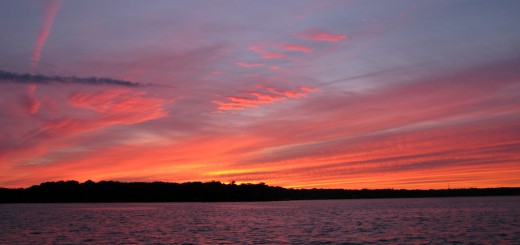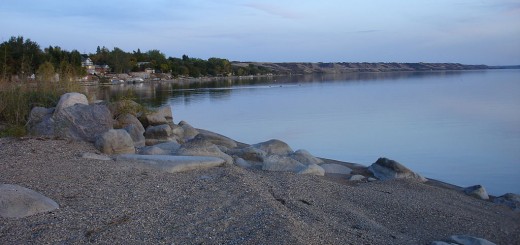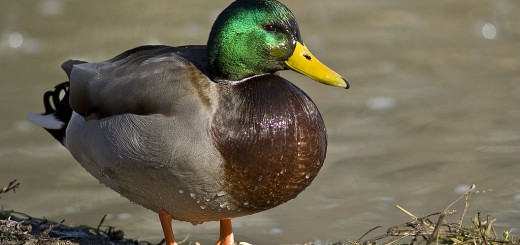Lake Shoreline Habitats Critical To Monarch Butterfly Winter Migration
0Next to fish and recreation on the water, birds get a lot of attention around lakes. From songbirds like the cuckoo to birds of prey like hawks, whole societies are set up to track their movements. All of these birds are of course sensitive to environmental changes and are monitored accordingly.
Still, they are not the most sensitive lifeform to climatic changes. Butterflies are probably more so, as they have no control over their external environments and can really only adjust by finding new habitat for survival. For example, the well-known monarch butterfly is currently in the midst of its risky winter migration from southern Mexico to Canada, according to the Michigan State Extension.

A monarch butterfly. (Credit: Kenneth Dwain Harrelson via Creative Commons)
The Great Lakes have always been an important part of this migration, and a citizen science effort is underway to track the insects’ movement along the way. Monarch Watch, a conservation and research program housed at the University of Kansas, helps average joes to mark monarchs they see with small stickers and then release them.
The next time tagged butterflies are spotted, scientists can reference the stickers to learn more about monarch populations, survival rates and migration patterns. Many share the findings or use them in research papers, like one recently posted in the journal Nature that found monarchs are able to migrate over such long distances because of a gene honed to efficient flight.

Shoreline of Moon Lake, Riding Mountain National Park. (Credit: Wikimedia Commons User Normana via Wikipedia)
The Great Lakes and countless other water bodies will support monarch butterflies along their northerly trek. This is because shoreline habitats, of which the Great Lakes is rich, serve as resting and feeding grounds for the butterflies during their journey.













